Importance of Hands-on-experiments

“For the things we have to learn before we can do them, we learn by doing them.”
- Aristotle
Hands-on-experiments has long been touted by parents and educators as a key factor in raising children who go on to have a lifelong love of learning and who perform better academically. But what exactly do we mean when we say “hands-on learning,” and why is it so beneficial to students? Here, we explore both the concept and the benefits.

As teachers, we know our students learn in many different ways: visual, auditory, kinesthetics, tactile and social. But most of us teach the way we’re most comfortable—and that’s not necessarily the way our students learn. It is really important to use the way that a student learns best to hook them and get them excited about learning.
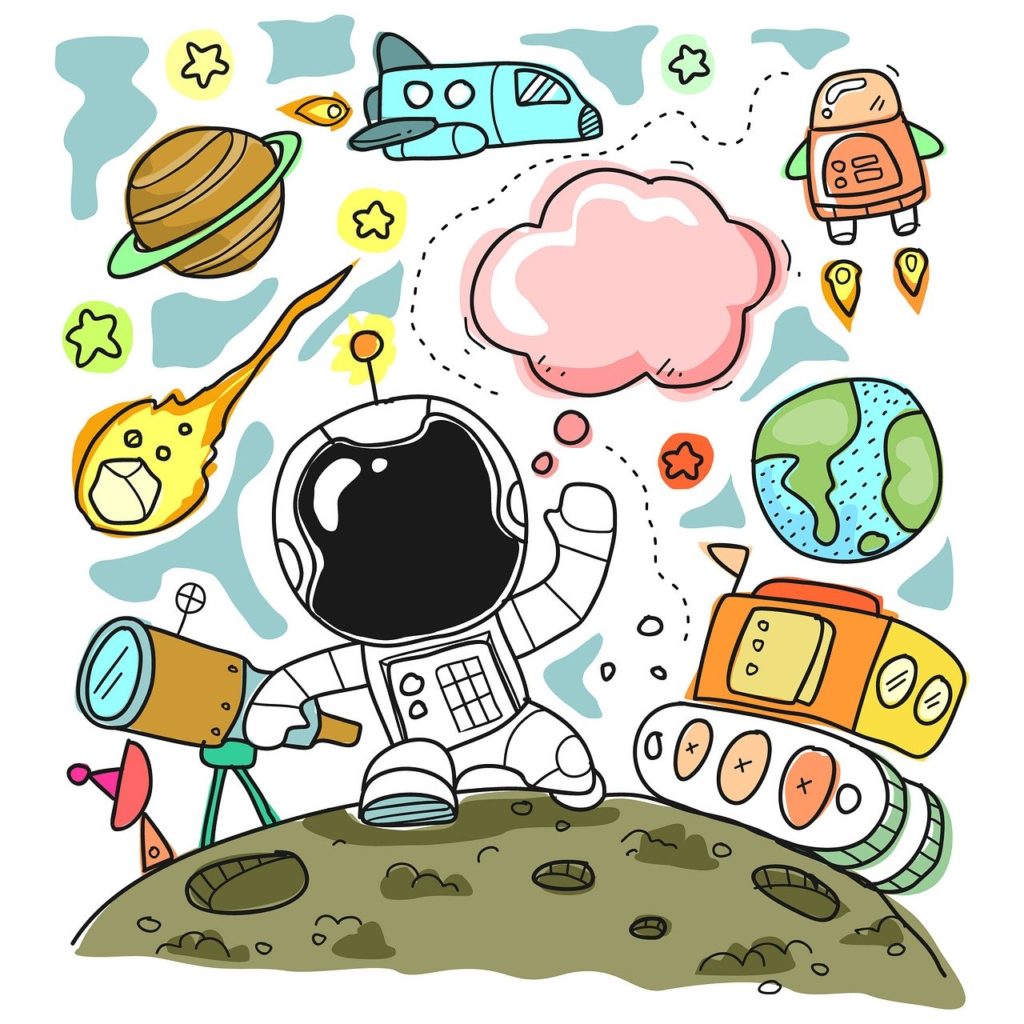
We are all curious about something. Hands-on science is simply investigating the questions that matter to us by physically doing something to learn. Kids ask so many good questions and many of us learn best by touching and experimenting with real stuff, rather than just reading, watching, or listening. As parents, we want our kids to think about the world to solve problems, and hands-on science is the best tool for teaching problem solving, offering real context, and making the neural connections that enhance creativity and critical thinking in way that improves long term success for kids.
Hands-on learning is a form of education in which children learn by doing. Instead of simply listening to a teacher or instructor lecture about a given subject, the student engages with the subject matter to solve a problem or create something.
Though certain subjects come to mind more readily than others when talking about hands-on learning, the truth is, a hands-on educational philosophy can be incorporated into nearly any subject matter. A few examples might include:
- Solving problems as a part of math class.
- Completing a lab experiment as a part of a science class.
- Building circuits or working machines as a part of a tech class.
- Recreating a historical document or artefact as a part of history class.
- Writing a creative story, poem, or essay as a part of English class
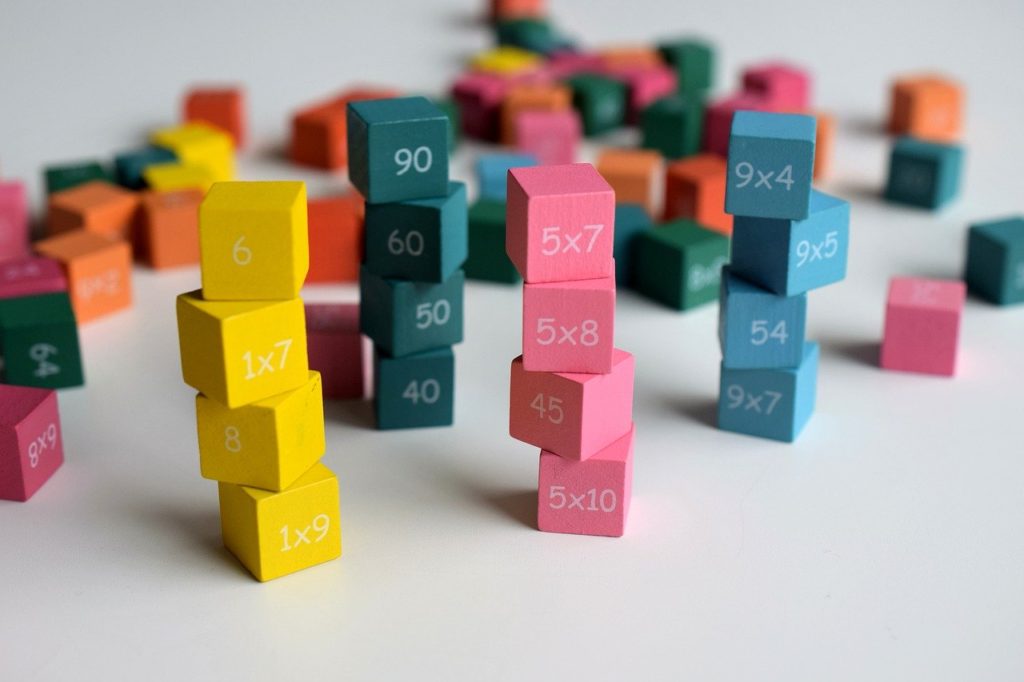
Hands-on experiences also allow students to experiment with trial and error, learn from their mistakes, and understand the potential gaps between theory and practical. As a bonus, hands-on experiences also provide educators with a unique opportunity to enrich the minds of their students in new and engaging ways.
Some ways I use hands-on active learning are:
- Solving mysteries, puzzles, and riddles makes learning fun while involving students in active learning. Showing science behind a magic also increase curiosity among the students and grow interest in science.
- Use a timer when doing in-class work. Students who know they are “under the clock” will focus better.
- Just doing something out of the ordinary will help the students remember. Keeping something in front of them and they cannot see like optical illusion. There is a plain paper and automatically something written on it appears, which seems to be magical but there is a science behind it.
- Use colour when displaying items in PowerPoint presentations and/or the classroom whiteboard. Use colour chalks on Classroom blackboard.
- Create mnemonic devices. Like ‘The order of mathematical operations’, ‘The order of taxonomic rank’, ‘How to remember sin, cosine and tan’.
Hands-on learning doesn’t just mean doing labs or cut-and-paste projects—it can also involve engaging students using easily available and used materials to perform the experiments anywhere.
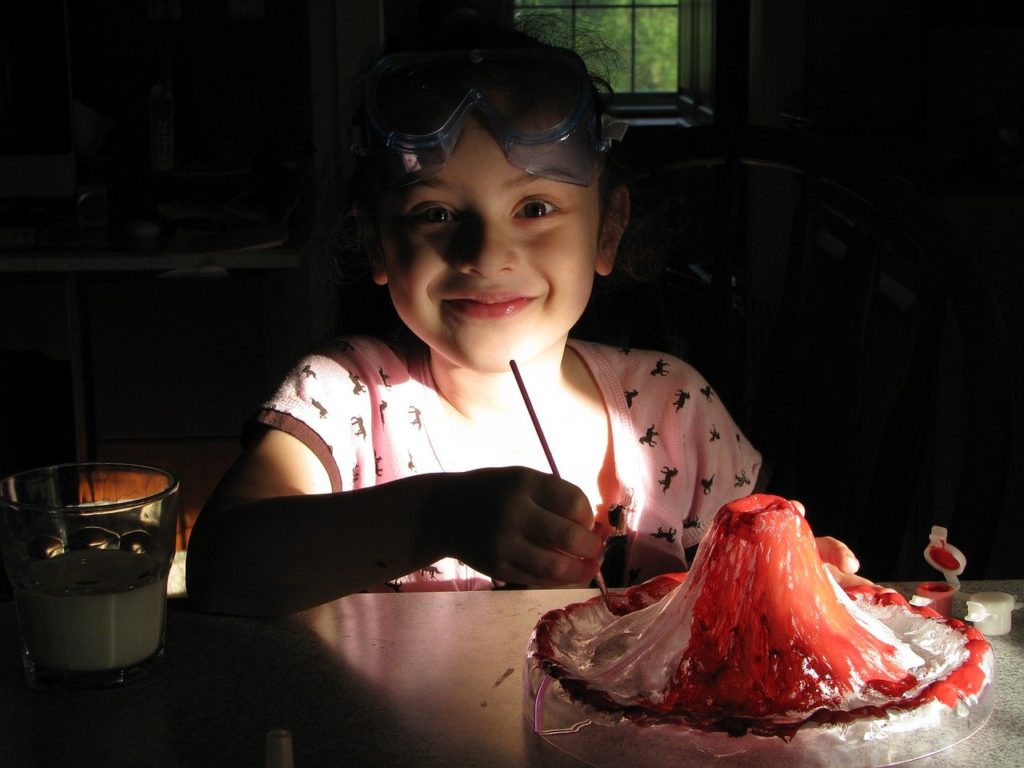
Kids love Science! There are so many fascinating Science Experiments out there that kids will love (and, honestly, parents will love them too!) You probably have most of the ingredients in your home already, and so many of these experiments will be ready to go in mere minutes!
Interactive projectors that allow students to actually touch, draw, write, move, scale, and rotate projected images in your classroom. If you’re only listening, you’re only activating one part of the brain, but if you’re drawing and explaining to a peer, then you’re making connections in the brain. What an awesome way to take a static presentation and make it interactive!

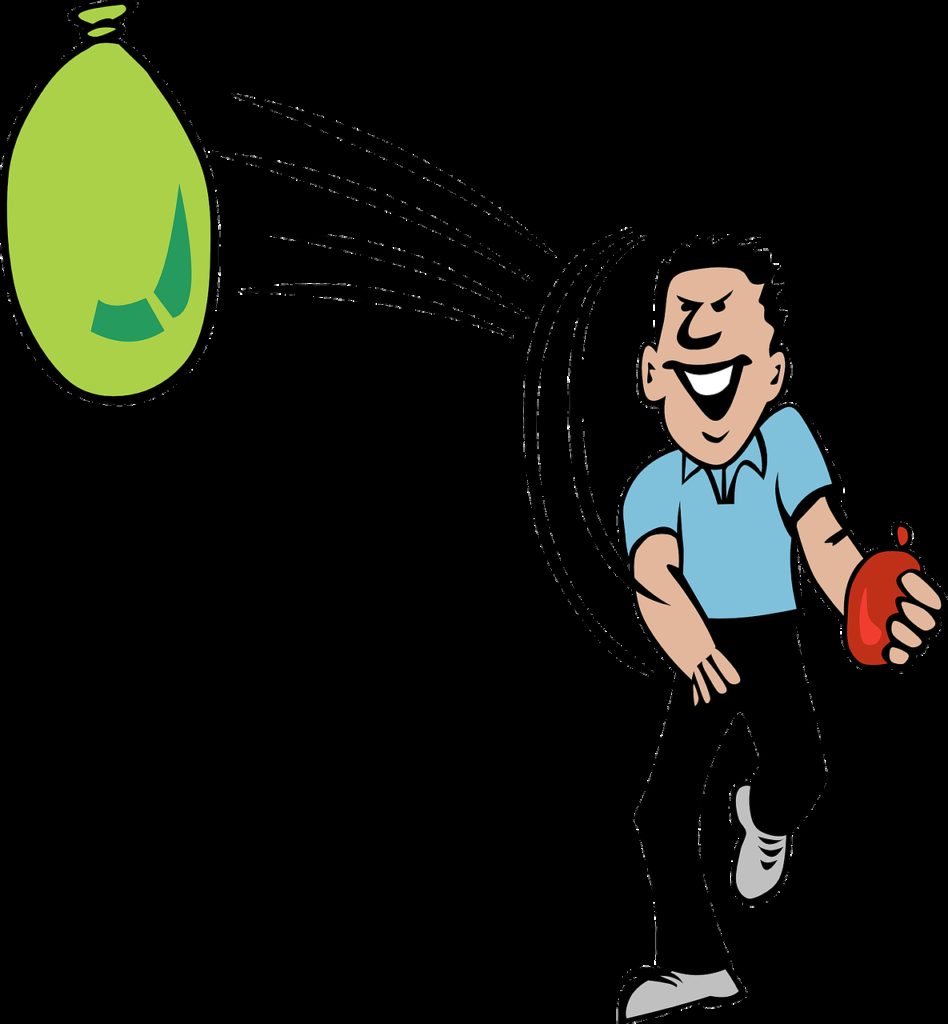
You know the power of hands-on science experiments when you see it—whether it’s a static balloon that stands your students’ hair on end or an erupting volcano that spews baking soda all over the classroom. The concrete nature of experiments allows your students to observe science at work.
Remember, hands-on activities are just one component that will help improve students’ learning. You need to couple this with active learning to help students become more effective and efficient learners, which will in turn help them accurately remember the information they learn.
Finally, when you are implementing active learning techniques in your hands-on activities, follow these general step:
- Use activities to draw attention to issues and content you feel are most critical.
- Establish rules of conduct to encourage appropriate student participation.
- Use very easily available and used materials that is affordable for the students, teachers and parents as well.
- Divide all the students into groups of 3 or 4 students per group, so that the students will get to share their thoughts and ideas with each other.
- Stop the activity and debrief often. Call on a few students or groups of students to share their thoughts and tie them in with the next steps as you transition to a new topic during a classroom lecture.
- Introduce the activity and explain the learning benefit—in other words, the “why” we are learning this.
- Give students a time limit to complete the task.
- Make a New Year’s resolution to change up and rethink at least 1, 2, or even 3 lessons so that they become hands-on and/or inquiry-based experiences. Yes, it may take a little more time in the classroom, but the results will be well worth it!
Role of parents to encourage hands-on activities in their children:
When children are young and at home, parents have more control over how their children learn. At this stage of a child’s life, it’s important for parents to encourage hands-on activities that will challenge their child to learn through doing.
But when a child moves beyond the home—entering a nursery program, preschool, kindergarten, or grade school—parents who prioritize hands-on education will need to find a school that shares this priority. In addition to evaluating the school’s curriculum and asking questions during the admissions process, parents should also keep an eye out for schools that embrace Maker Education, which encourages learning through doing and offers many other benefits similar to hands-on education.
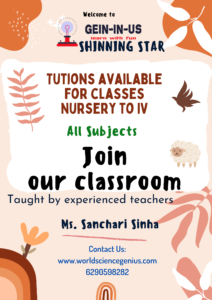
Very nice